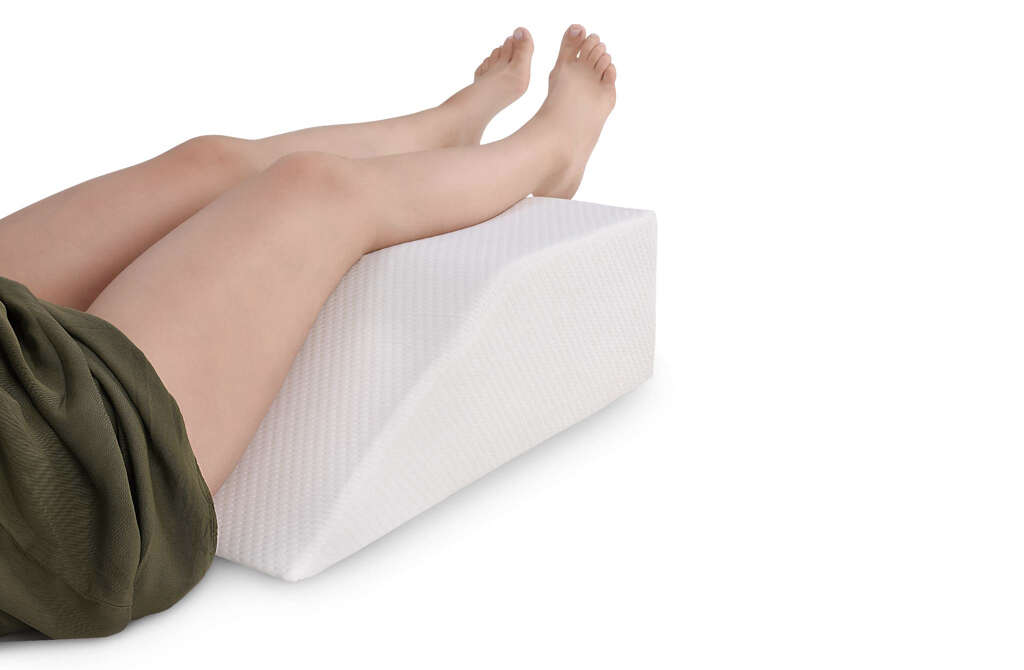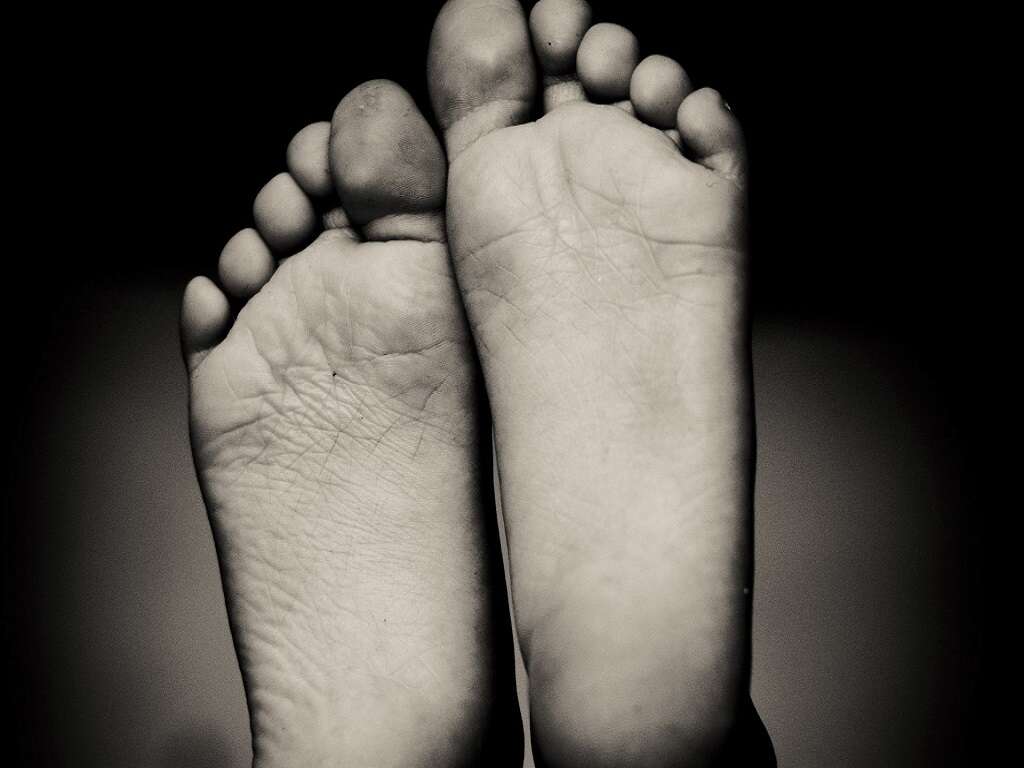What Is Restless Leg Syndrome?
Messages are being sent around our bodies all the time. These messages are essential to us because they are constantly updating our brain on what is happening around us. Messages can then be sent back to our body parts with instructions on what to do. These messages can sometimes become confused, however.
Our nervous system is very complex, and things can go wrong that we have yet to understand. Problems can result in some very unwelcome symptoms for the patient, and they can have a considerable negative impact on the patient’s life. One example of such a condition is restless leg syndrome.
1. Restless Legs Syndrome
Restless leg syndrome is a condition that is also known as Willis-Ekbom disease. The disease can start at any age, and the symptoms tend to get worse as the patient grows older. The condition typically causes the patient to have urges to move their legs, even when they are trying to rest.
The disease can cause the patient to feel some very uncomfortable sensations in their legs, which is often the reason why they feel the need to move them. Moving the legs can help relieve the unease for the patient, but only temporarily. The symptoms are more likely to be experienced in the evenings and at night.
2. Causes
Little is known about what causes legless rest syndrome. It is thought it might be related to dopamine, which is a hormone that helps enable us to move our muscles. There is also thought to be a hereditary link, and research has revealed where the genes for restless leg syndrome might be.
Pregnant women can also develop restless leg syndrome, and it is most likely to appear during the last trimester. The symptom will usually vanish once the baby has been delivered, however. In women that already have restless leg syndrome, existing symptoms are likely to get worse during pregnancy.

3. Crawling Sensations
As mentioned, the patient’s urge to move their legs usually comes from an unpleasant sensation in their legs. These sensations are often described as though something is crawling on their legs. Other sensations include a sensation of electric shocks, aching, throbbing, pulling, and itching.
The severity of the symptoms can fluctuate, and there may also be periods when the patient feels no symptoms at all. The sensations will usually happen in both legs, and they will also sometimes be felt in the arms. The sensations are also more or less likely to be felt during certain times of the day.
4. Nighttime
The symptoms of restless leg syndrome are likely to be worse at nighttime. This includes when the patient is trying to sleep, and this can make it difficult for them to get the rest that they need. Restless leg syndrome is also associated with a condition known as periodic limb movement of sleep. This causes the patients to kick their legs through the night when they are sleeping.
If restless legs syndrome does mean the patient is having trouble sleeping, this can make things even harder for them. A lack of sleep can affect the patient’s physical and mental health. They may also have difficulty at work and in relationships as constant fatigue and inability to concentrate cause problems for them.

5. Relief When Moving
The symptoms of restless leg syndrome tend to start after the patient has been still for a long time. This can mean when lying in bed, when sitting down at a desk, or when sitting in the same position during a long journey. Patients should try and move occasionally where possible to help prevent your symptoms worsening too much.
Patients also tend to find that the symptoms tend to improve when they become more active. Walking can help to relieve the symptoms, as can shaking your legs, and stretching. If you do have these symptoms, and the others mentioned, you should arrange to speak with a doctor as soon as possible.
6. Complications
While the symptoms of restless leg syndrome are not dangerous in themselves, they can still cause some very unwelcome complications. For example, a lack of sleep can have a considerable negative impact on the patient’s overall quality of life. While sleeping tablets may help, it is important to be careful because some can lead to addictions developing.
The drop in the patient’s quality of life can be severe enough that they develop depression. Depression itself is a potentially very serious condition and it causes many people to take their own lives every year. Medication is available that can help to treat depression, and the patient will also need support from those around them.

7. Who’s At Risk?
Women are more likely to develop restless leg syndrome than men are. It is also more likely to develop in people as they get older, but it can happen in people at any age. It is also more likely to occur in people that have certain other medical conditions, one of which is iron deficiency.
Patients that have suffered damage to their spinal cord are also more likely to develop restless leg syndrome, as are people who have had an anesthetic administered to the spinal cord. Kidney failure is another factor, as is peripheral neuropathy, which is damage to the nerves in the patient’s extremities.
8. Diagnosis
Your doctor will need to ask you about your symptoms and they will also likely need to ask you about your medical history. Blood tests may also be taken to help rule out other possible causes. The patient may also be asked to sleep overnight at a clinic where they can be monitored sleeping.
In order for the patient to be diagnosed with restless leg syndrome, their symptoms will need to meet certain criteria. These include uncomfortable sensations and an urge to move their legs. That the symptoms are temporarily relieved by activity, and get worse after staying still, are other criteria.

9. Medication
Treating restless leg syndrome will sometimes involve treating an underlying condition. This will often mean iron supplements that will help to treat an iron deficiency. Other treatments will include muscle relaxants, and also medication that will help the patient to sleep.
Some opioids can be effective at helping to soothe the patient’s symptoms, but they need to be used with care. Drugs that have an effect on calcium channels can also be effective in some cases. Medications that help to increase levels of dopamine in the body can also be used, but these can also come with unwelcome side effects.
10. Lifestyle Changes
Making certain lifestyle changes can also help people with restless leg syndrome. This includes exercising, but too much exercise can make things worse. Avoiding products that contain caffeine for a few weeks will also help in some cases. Specially designed foot wraps are also available that are said to be able to relieve symptoms.
Applying cool packs or warm packs can also help. The patient might find one or the other more effective, and alternating between the two can also be effective. Getting plenty of sleep can also be beneficial, and the patient should try and make sure they have a cool and comfortable bedroom to sleep in.











